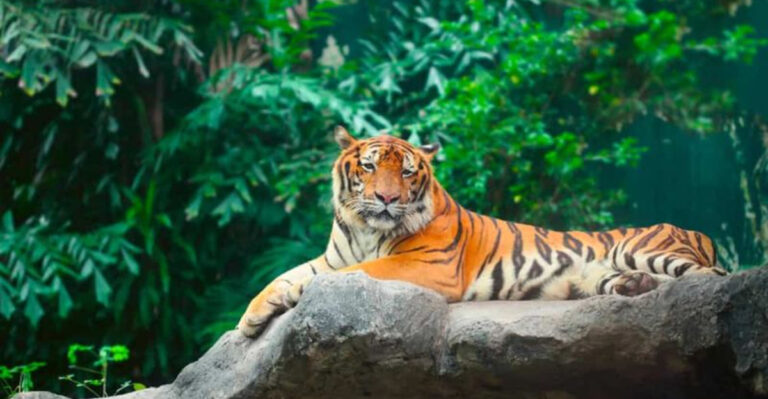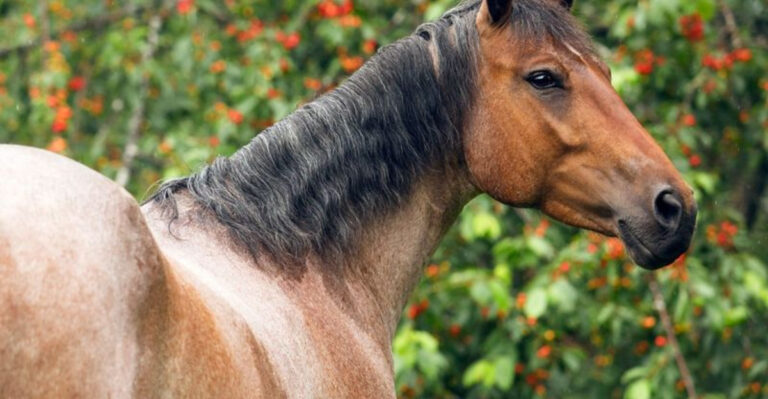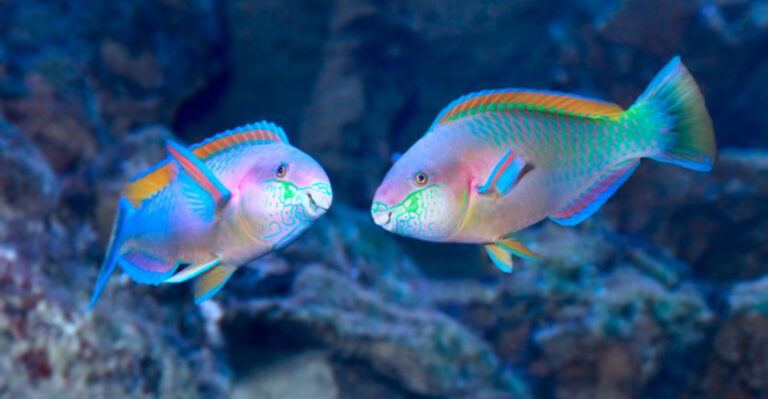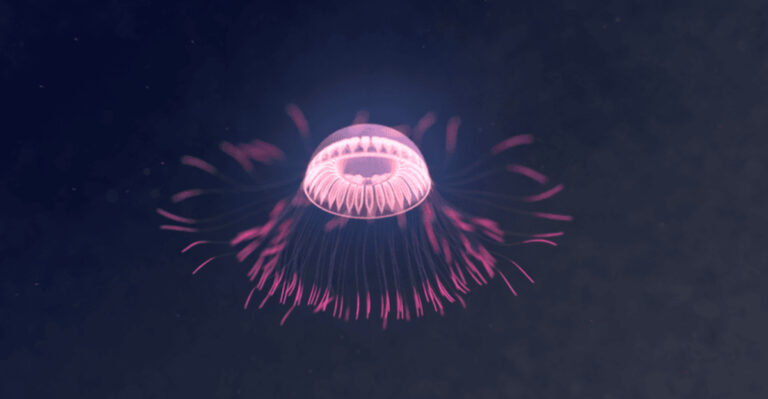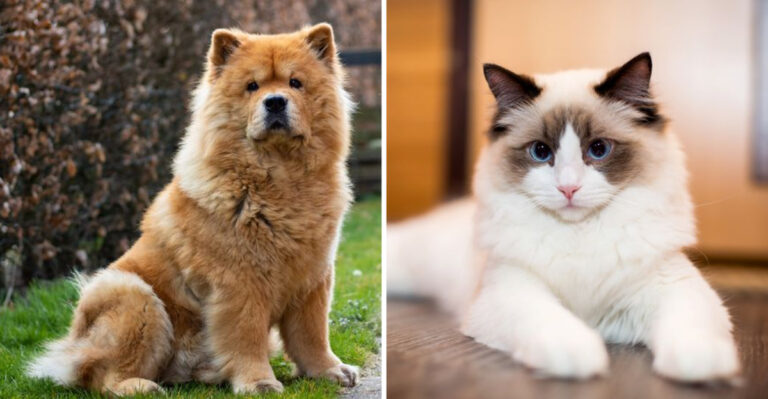15 Cat Behaviors That Show Deep Trust And Not Just Affection
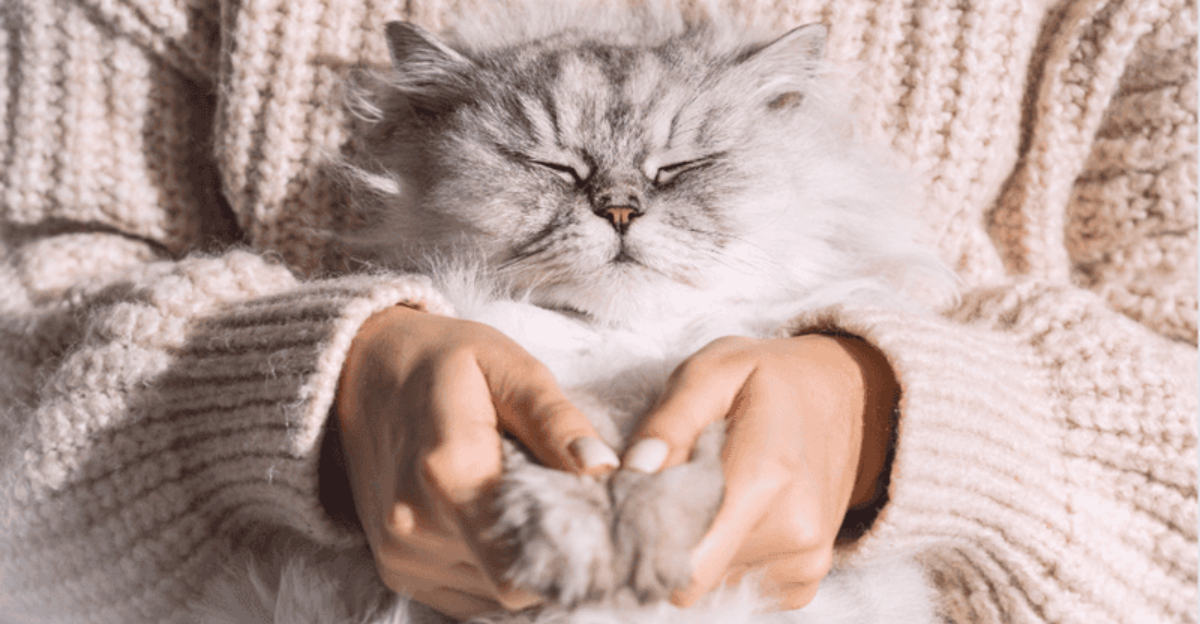
Cats have a reputation for being mysterious and independent, but they actually communicate their feelings quite clearly if you know what to look for.
While many cat owners recognize signs of affection, the signals of deep trust are something special altogether. Understanding when your feline friend truly trusts you opens a window into your cat’s emotional world and strengthens your bond in ways simple affection cannot.
1. Slow Blinking At You
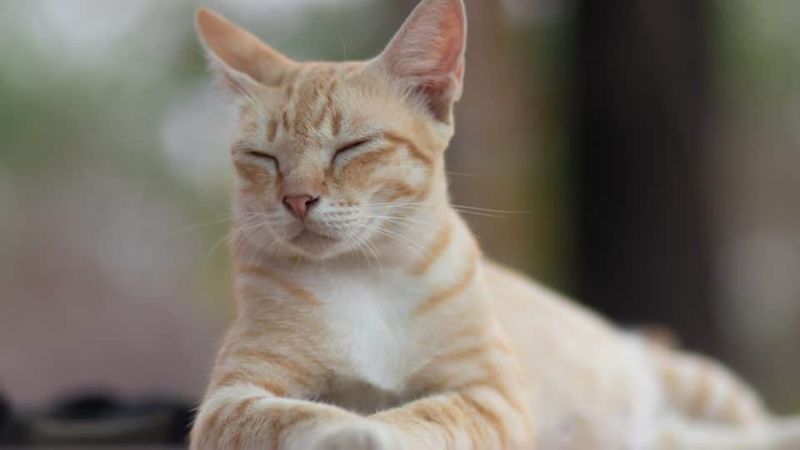
A cat’s slow blink is often called a “kitty kiss” in the cat world. When your feline friend looks at you and deliberately closes their eyes slowly, they’re showing incredible vulnerability. In the wild, closing eyes means letting down defenses.
Cats would never do this around someone they don’t completely trust. Try returning this gesture by slowly blinking back at your cat. This silent communication builds a beautiful trust bridge between you.
2. Exposing Their Belly
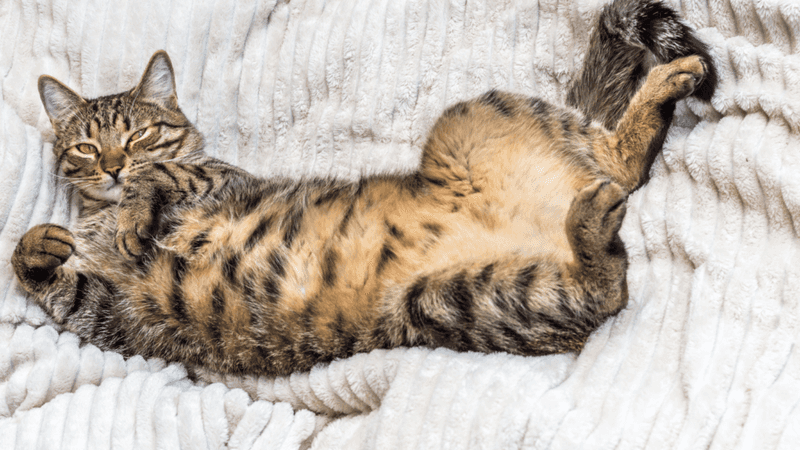
Rolling over and showing a soft, fuzzy belly isn’t just adorable – it’s a massive declaration of trust. The stomach area houses vital organs and represents the most vulnerable part of a cat’s body.
When they willingly display this area to you, they’re essentially saying, “I feel safe enough to be completely defenseless around you.” Even if they don’t want belly rubs (many don’t!), this position demonstrates profound confidence in your presence.
3. Sleeping On Your Chest
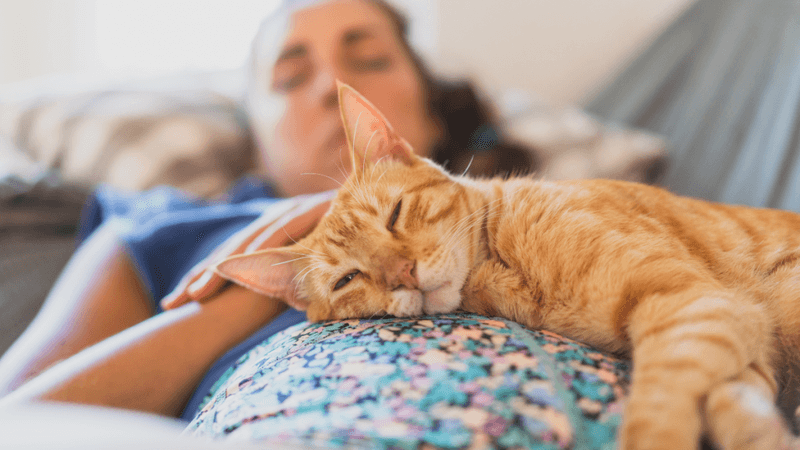
When your cat chooses your chest as their napping spot, they’re making themselves incredibly vulnerable. During sleep, cats are at their most defenseless, and they’re choosing to experience this state while listening to your heartbeat.
This intimate position allows them to feel your breathing rhythm and body warmth. Your cat is essentially saying, “I trust you to keep watch while I’m at my most vulnerable.” This behavior shows extraordinary confidence in your protection.
4. Bringing You “Gifts”
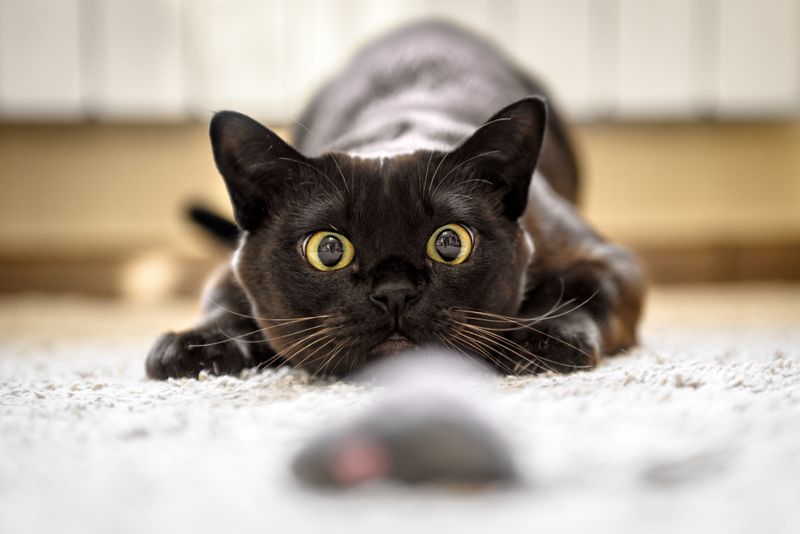
Finding a toy mouse or, unfortunately, a real one at your doorstep isn’t just your cat being weird. This gift-giving behavior stems from their natural hunting instincts combined with deep trust.
Your cat is bringing you their prized possessions or hunting trophies because they consider you family. In cat language, this means “I trust you enough to share my resources.” It’s their way of contributing to your household, however strange it might seem to us!
5. Kneading Your Lap
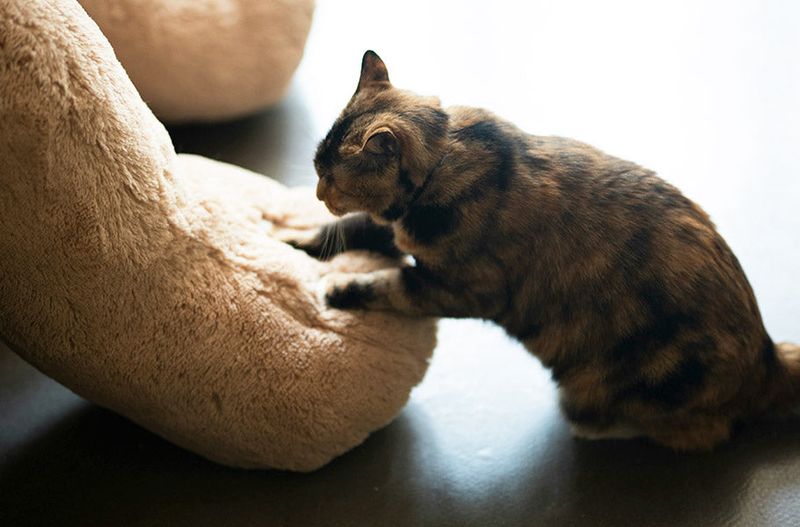
That rhythmic pushing of paws against your lap has deeper meaning than you might think. Kneading behavior originates from kittenhood when cats pushed against their mother’s belly to stimulate milk flow.
When your adult cat kneads on you, they’re regressing to this kittenhood state of complete dependency and trust. They’re essentially treating you as their mother figure – the ultimate compliment in cat language and a sign they feel utterly safe with you.
6. Grooming You
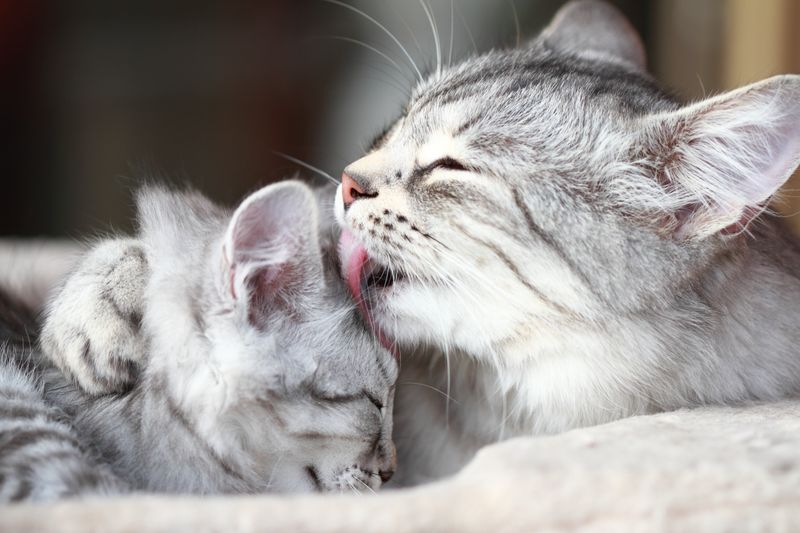
When your cat licks your hand or hair, they’re treating you as part of their colony. Mutual grooming is a sacred bonding activity among cats who trust each other completely.
By grooming you, your cat is incorporating you into their inner circle. They’re also helping to spread a group scent, marking you as one of their trusted few. This intimate behavior shows they consider you family and worthy of their careful attention.
7. Following You To The Bathroom
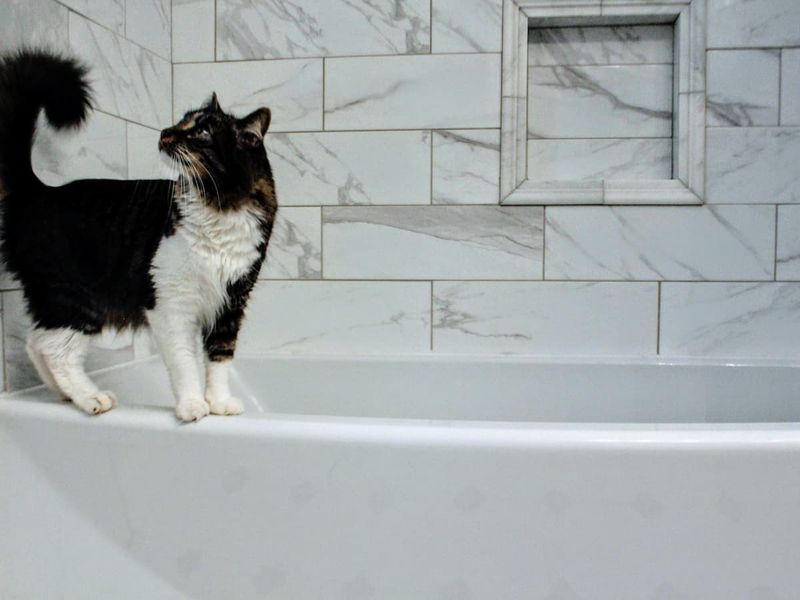
Your cat’s bathroom surveillance might seem like an invasion of privacy, but it actually demonstrates deep trust. Cats are at their most vulnerable during elimination in the wild, so they seek safe places for this activity.
By following you to the bathroom, they’re both guarding you during what they perceive as a vulnerable moment and showing they feel secure enough to engage in this private behavior with you present. It’s an unusual but genuine display of mutual protection.
8. Headbutting Or Bunting
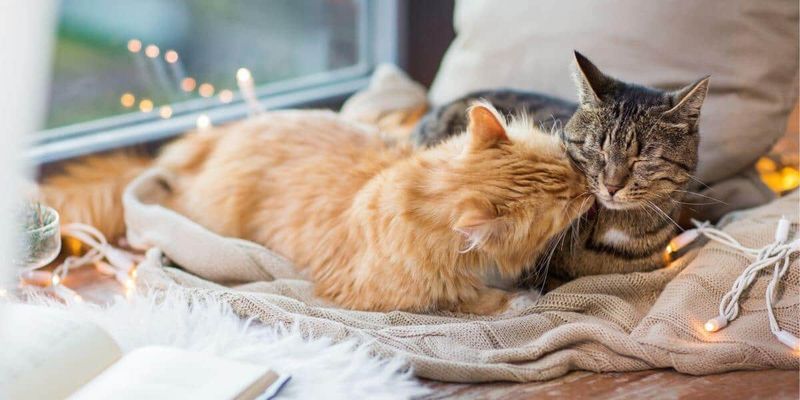
Those little head pushes against your leg or face are called bunting. When your cat headbutts you, they’re doing more than just demanding attention – they’re marking you with scent glands located on their face.
This behavior means they trust you enough to claim you as their territory. They’re essentially labeling you as a safe part of their world. The harder and more frequent the headbutts, the deeper the trust your cat feels for you.
9. Showing Their Back To You
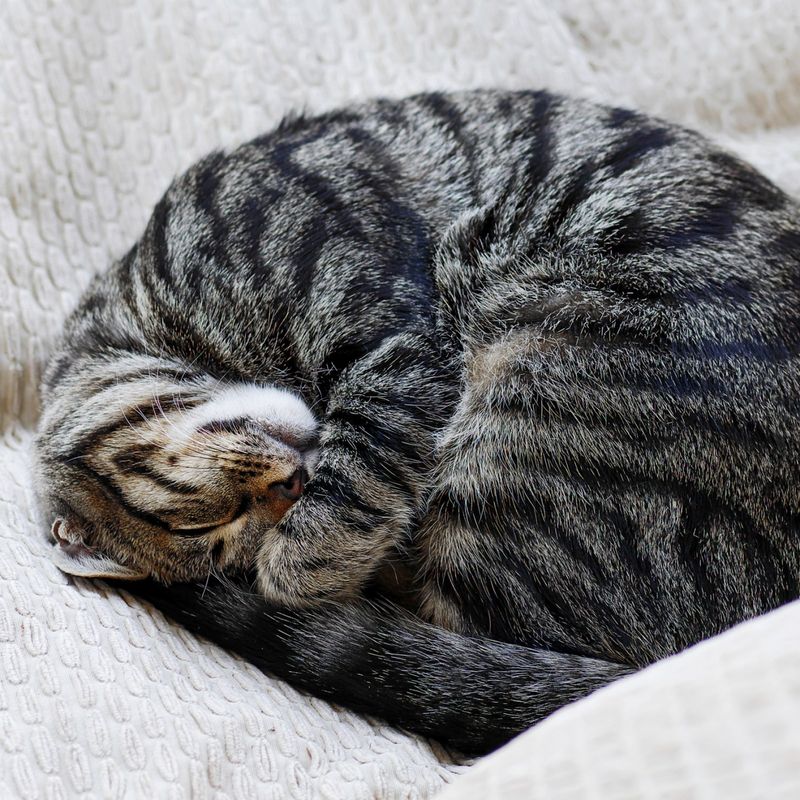
A cat that positions their back toward you is displaying surprising trust. In the wild, turning your back on someone means you’re confident they won’t attack you from behind.
When your cat sits with their back to you or sleeps with their back pressed against you, they’re saying they feel completely safe in your presence. This position makes them vulnerable to surprise attacks, so they only do this with individuals they deeply trust.
10. Purring While Making Eye Contact
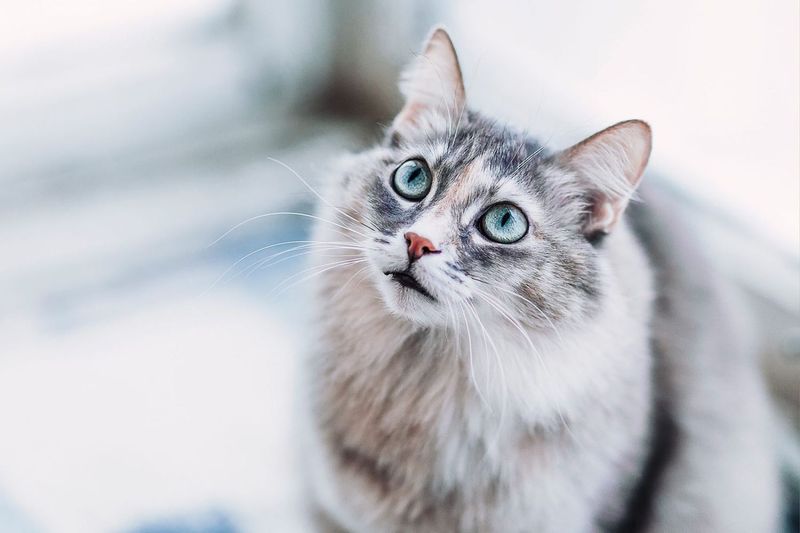
Purring alone signals contentment, but purring while maintaining eye contact takes trust to another level. Direct eye contact is typically threatening in cat language, used for intimidation between unfamiliar cats.
When your cat purrs and gazes lovingly into your eyes, they’re demonstrating extraordinary comfort with you. They’re breaking feline social rules because they trust you completely. This combined behavior shows both physical relaxation and emotional security in your presence.
11. Sleeping In Vulnerable Positions Near You
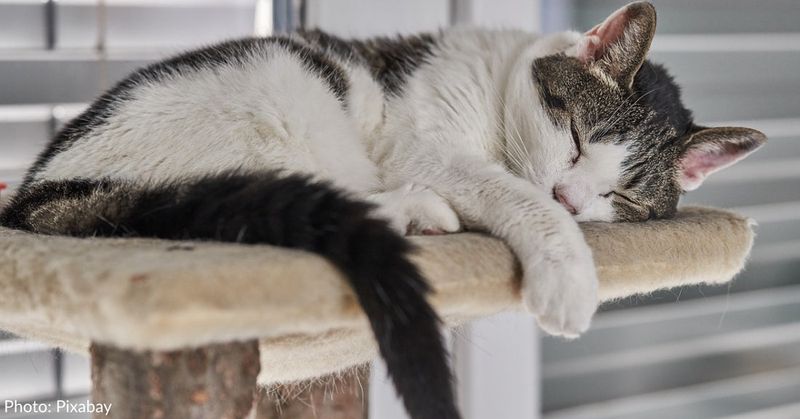
Cats who sleep in odd, awkward positions around you are showing incredible trust. Twisted, stretched-out poses with limbs akimbo leave them completely defenseless and unable to spring into action quickly.
Your cat would never sleep this way if they felt even slightly threatened. When they choose these vulnerable sleeping positions in your presence, they’re essentially saying, “I trust you completely to keep me safe while I’m at my most defenseless.”
12. Greeting You At The Door
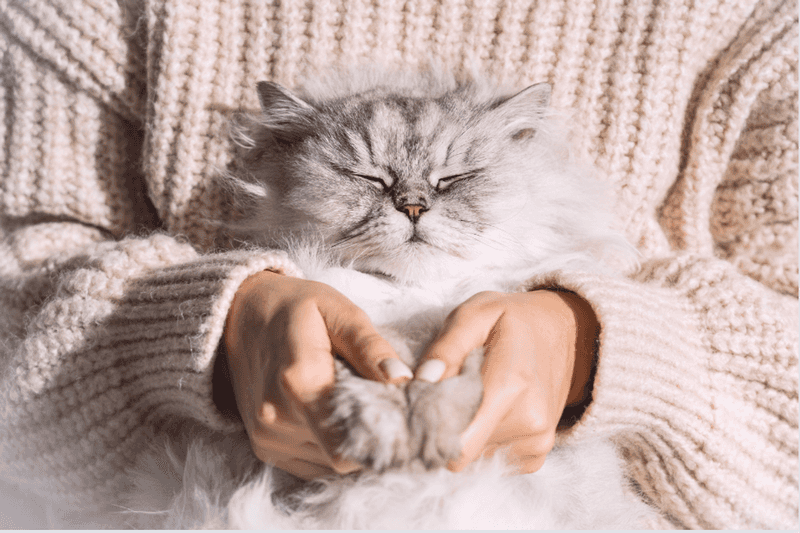
The cat who runs to greet you when you come home is showing more than excitement – they’re displaying deep trust. In the wild, cats are cautious about approaching anything that might be a threat.
Your cat has learned to associate your return with safety and positive experiences. Their enthusiastic welcome, especially if they expose their side or back to you during greetings, demonstrates they trust you’ll never harm them. This behavior builds on countless positive interactions.
13. Twitching Tail Tip While Relaxed
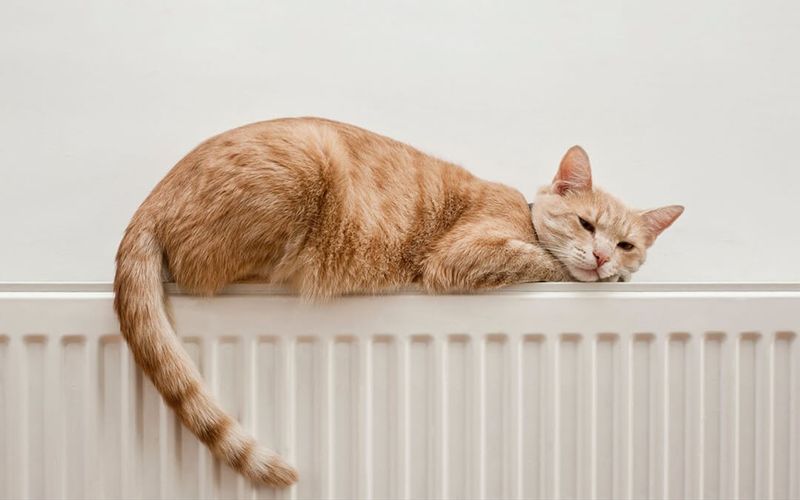
A completely relaxed cat with just the tip of their tail gently twitching is showing a unique trust signal. Unlike the aggressive tail swishing, this subtle movement indicates comfortable alertness in your presence.
Your cat feels secure enough to be in a semi-alert state around you without feeling the need to be fully vigilant. This behavior means they trust the environment you create and feel safe enough to remain in this peaceful middle ground between alertness and sleep.
14. Allowing You To Touch Their Paws
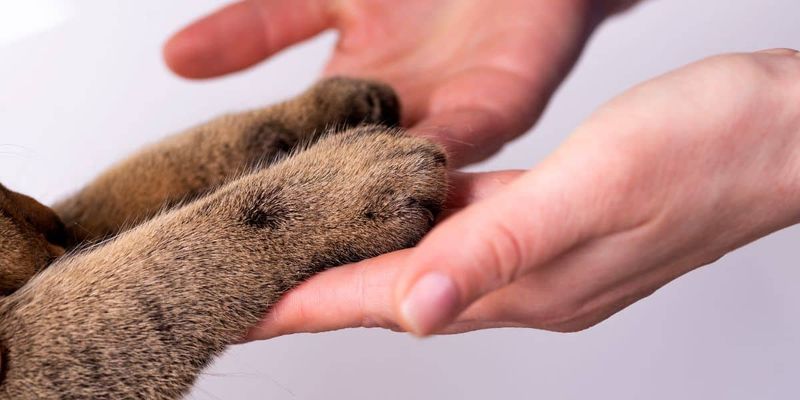
A cat’s paws are incredibly sensitive and crucial for survival – they’re used for hunting, climbing, and defense. Most cats instinctively pull away when someone touches their paws.
If your cat allows you to touch, hold, or even trim their paws without struggle, they’re demonstrating extraordinary trust. This permission to handle such a vital body part shows they believe you would never hurt them, even when touching their most sensitive areas.
15. Sitting With Their Back Against Yours
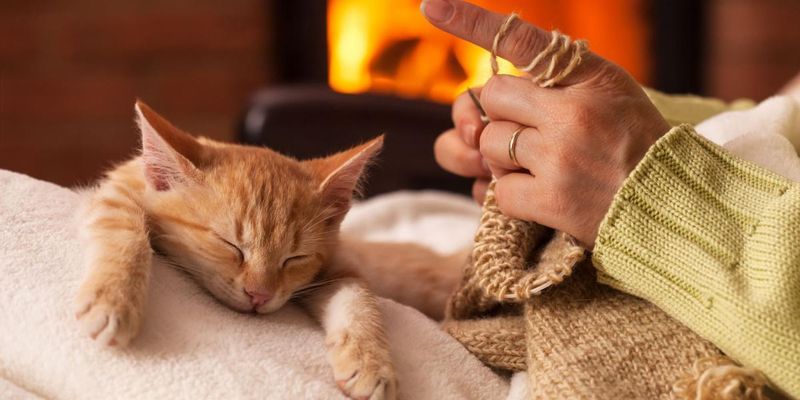
When your cat sits with their back pressed against yours, they’re engaging in a special form of contact that wild cats reserve only for their most trusted companions. This position allows both of you to watch different directions while staying connected.
It’s actually a protective, cooperative posture that says, “I’ll watch this side, you watch that side.” Your cat is essentially treating you as a trusted sentinel and teammate. This behavior shows they consider you a reliable ally in navigating the world.


